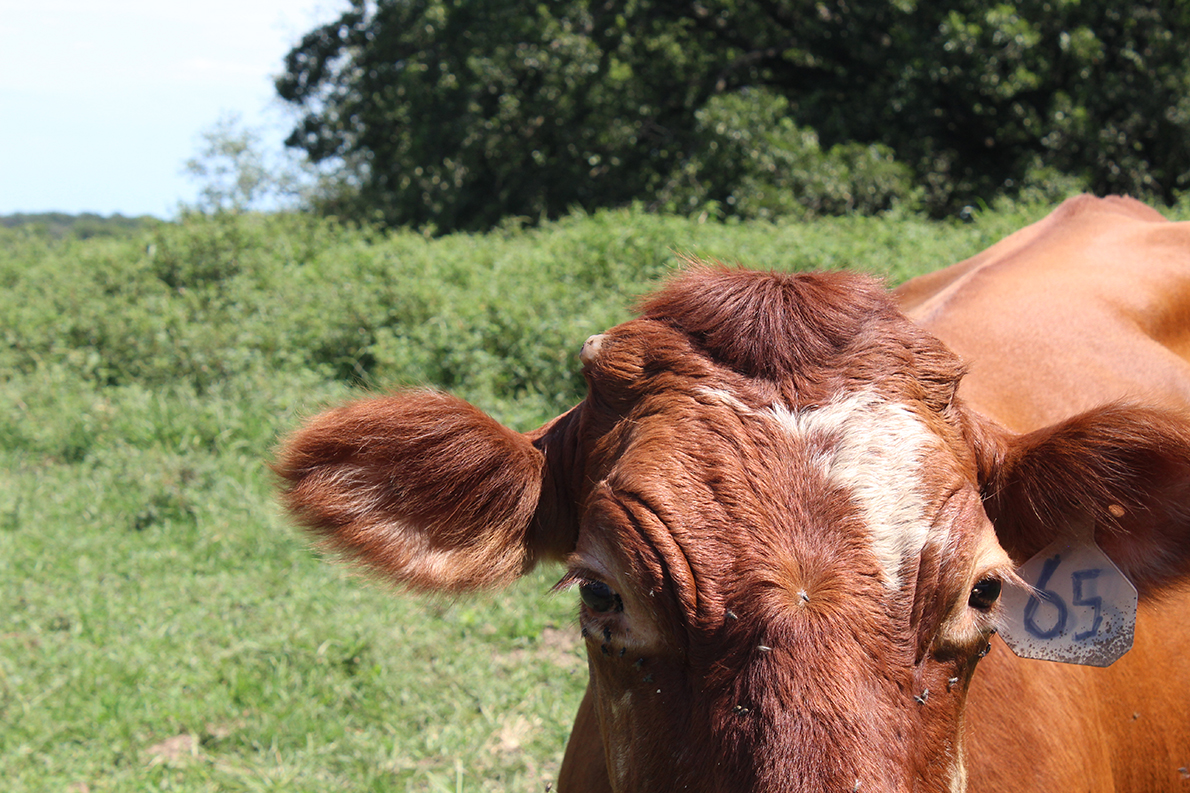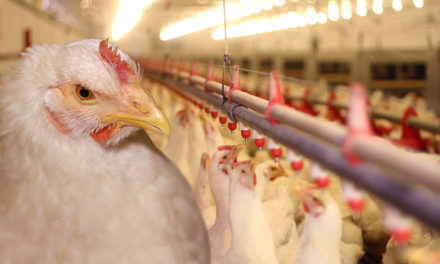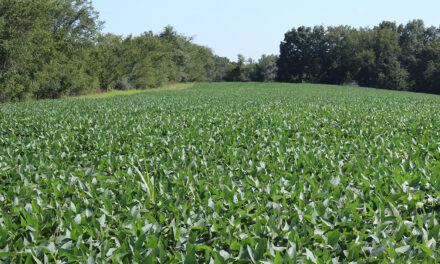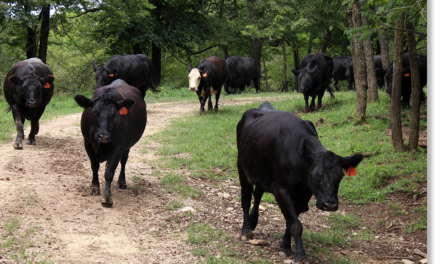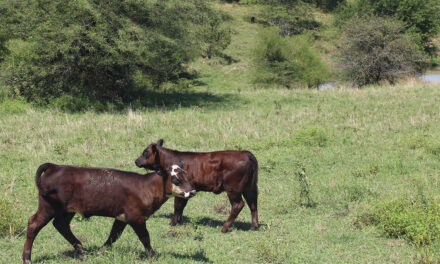Rural America
A Missouri Rural Crisis Center Website“Today, because of corporate consolidation coupled with widespread drought, the cattle herd is at its lowest numbers since 1962. In 1980, the top 4 meatpackers controlled just 36% of the U.S. beef supply, and the U.S. had 1.3 million cattle operations. In 2017, the top 4 meatpackers controlled 85% of beef production and the number of U.S. cattle operations dropped to 711,827.” Read more below. Photo by Nic Paget-Clarke.
June 6. 2024
Beef Industry Meatpackers Using Smoke and Mirror Tricks to Control Market Price
by Darvin Bentlage
In 2022, the United States imported 3.4 billion pounds of boxed beef and 1.6 million live cattle. Through August 2023, the U.S. imported 20% more beef than we exported. In the United States, meatpackers and traders can take imported beef and repackage it with a label that reads “Product of the United States.” Now do I have your attention?
It has been nearly two years since the largest corporate meatpackers were called before Congress to testify about excessive corporate consolidation in the meat industry, increased prices for consumers, low prices for producers and record profits for themselves.
Today, because of corporate consolidation coupled with widespread drought, the cattle herd is at its lowest numbers since 1962. In 1980, the top 4 meatpackers controlled just 36% of the U.S. beef supply, and the U.S. had 1.3 million cattle operations. In 2017, the top 4 meatpackers controlled 85% of beef production and the number of U.S. cattle operations dropped to 711,827.
With historically high consumer prices, it would make sense that cattle producers are enjoying good profits, but increased prices for consumers don’t translate back to increased prices for cattle producers like me.
The price of food is a main driver of inflation, and meat prices rose more than almost anything, with a 12.3% increase in a 12-month period ending in May 2022. During a similar time period, Brazilian-owned JBS reported a record profit of $4.4 billion for the 12-month period ending in March 2022 — a 70% increase. Tyson showed a record $4.1 billion net profit — an increase of 91%; and Cargill’s fiscal year ending May 2021 showed a record $4.9 billion in net income — up 60% over the previous 12 months. Brazilian-owned, Marfrig (owner of National Beef) showed a profit of $820.1 million, their largest profit ever.
These examples vividly show how hyper concentration in markets, especially food markets, is harmful to consumers and producers alike.
These same meatpackers also successfully lobbied to abolish mandatory Country of Origin Labeling (COOL) for meat. COOL was passed in the 2008 Farm Bill, and, following its implementation in 2013, cow/calf producers saw an increase in the value of their product until topping out in late 2014 or early 2015 with a profit of $518 per calf.
Needless to say, the global meatpackers didn’t like COOL. Along with their allies, including the North American Meat Institute and the National Cattlemen’s Beef Association, they successfully challenged COOL under the North American Free Trade Agreement, and the World Trade Organization ruled that the U.S. COOL law was illegal under our “free trade” laws.
In 2015, Congress repealed COOL and cow/calf producers profit dropped by 30%, the largest one year drop in history. In 2014, a 100-head cow herd produced $51,800 income for the cow/calf producer. In 2021, that same 100-head herd only netted $9,719.
Fast forward to 2023, two years of drought, a lack of feed and farmers liquidating herds — feeder calves hit record high prices in September of $268 per every 100 pounds (hundredweight), yet, that price dropped quickly by $42 per hundredweight, or 15%, in just two months. That means producers’ profit for their calves dropped $200 a head. The price for a pound of beef has risen to a record $8 per pound while at the same time cow/calf producers are making 14% less than what they did in 2014. The demand is still there, but the supply isn’t. So, why are prices for cattle going down?
One principle reason is because control over the meat industry and our food markets is so concentrated that meatpackers are able to control prices for the consumer and producer alike.
Just like we blame corporate control of markets, we should also blame corporate control of Congress, which should be working to level the field for producers and consumers.
For example, Congress should pass the American Beef Labeling Act (S.52) bringing back mandatory labeling, encourage the USDA to update regulations to enforce the Packers and Stockyards Act, create a Special Investigator (S. 346) that would prioritize antitrust enforcement of the Packers and Stockyards Act and pass Sen. Chuck Grassley’s 50/14 bill. That bill would require packers to buy 50% of their daily supply from the open market and harvest the animals within 14 days, creating competition and making a step to balance out the market.
Call your congressional representative to give them guidance on bills that would help the cattle producer, and ask them to represent you and the independent family farmer not corporate agribusiness.
.

